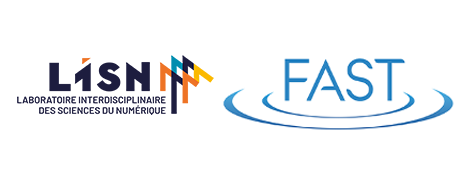
Numerical simulations require the use of numerical time integration methods to solve the temporal part of the equations. Explicit and implicit methods are two of the most popular time integration methods. The use of an explicit time integration method is only possible under a severe numerical stability condition (CFL), which is related to the size of mesh cells. The time step is chosen to satisfy the most restrictive CFL, imposed by the smallest cell, but it is not optimal on the other cells (it could be larger). For implicit time integration methods, the stability condition is much less severe, which allows the use of a larger time step. Consequently, the computational time is potentially lower as compared to explicit methods. However, parallel programming of implicit methods can be difficult and explicit methods are more accurate. An explicit local time stepping scheme allows a variation of the time step across the mesh to satisfy local stability conditions. With this approach, each cell is integrated close to its maximum allowable time step. It reduces the computational time, keeping the advantages of explicit methods (precision, good compatibility with parallel programming). However, with this approach, the interfaces between zones with different time steps are critical: a loss of consistency and mass conservation can appear. A temporal scheme, conservative and third order accurate, will be presented and validated thanks to academic test cases (vortex advection, Sod,...) and applied to a LES computation of an airfoil profile.